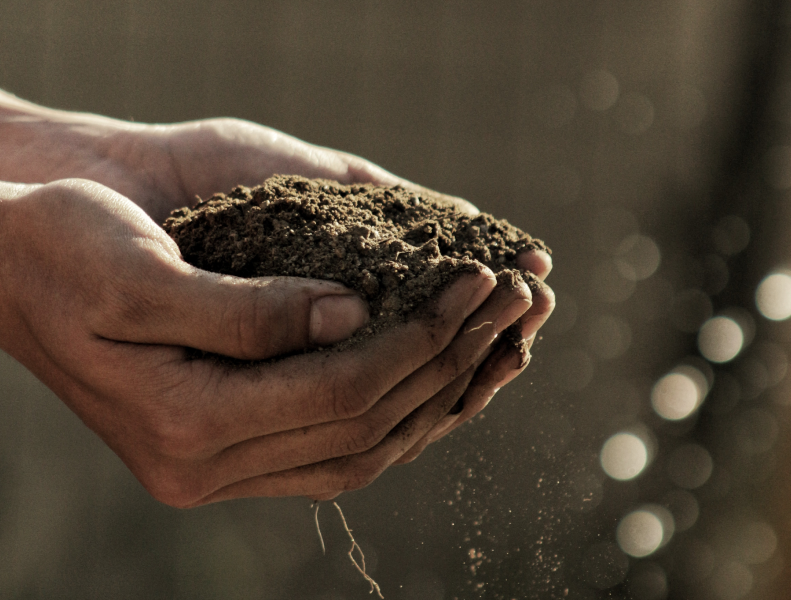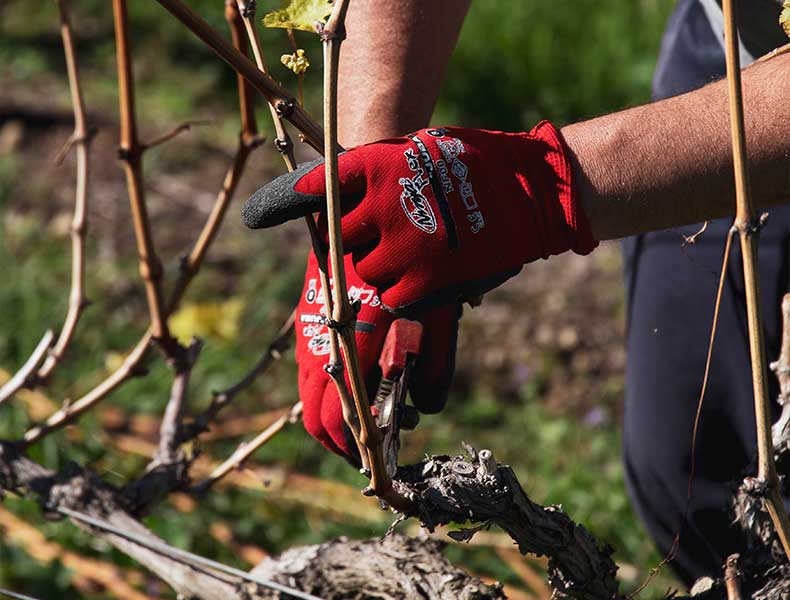Rugged And Varied, With Multiple Soil Types
Despite its small area, La Palma has a rugged geography that provides a remarkable diversity of microclimates and terroirs. As for its viticulture, the island has 500 years of stories to tell, making it a living testimony of the importance of the Canary Islands for universal viticulture.

Soil
La Palma is the greenest island, with the most vegetation. It’s topography is rugged and varied, with multiple soils…

Climate
La Palma is the second highest island, with its highest peak at the top of Roque de los Muchachos at 2426m above sea level…

Grape Varieties
La Palma stands out for the production of two wines that are an integral part of the history of The Canary Islands…

Viticulture
As a result of the steep geography of La Palma, the island’s grape growers must cultivate their vineyards on…


Soil
La Palma is the greenest island, with the most vegetation. It’s topography is rugged and varied, with multiple soils types and vineyards located between 100-1500 metres above sea level. To the north are fertile slopes,the south is mostly covered by volcanic ash and to the east, a top-layer of picón.
Climate
La Palma is the second highest island, with its highest peak at the top of Roque de los Muchachos at 2426m above sea level. Due to its location, the island enjoys a temperate climate, moderated by the Trade Winds which also bring additional cloud cover and moisture with them, particularly in the north.




Grape Varieties
La Palma stands out for the production of two wines that are an integral part of the history of The Canary Islands. Firstly, the famous Malvasía de la Palma; a naturally sweet wine made from late-harvested grapes. Secondly, the traditional Vinos de Tea, which are aged in pine-wood from the Canary Islands.

Viticulture
As a result of the steep geography of La Palma, the island’s grape growers must cultivate their vineyards on upright staves, standing on man-made terraces cut into the steep slopes. Viticulture can take place between 200-1400m above sea level and the reality of the mountainous terrain means that vineyards are small and yields are naturally low.

Main Grape Varieties in La Palma

LISTÁN BLANCO

MALVASIA AROMATICA
First introduced to the Canary Islands in the 15th century, is cultivated mainly in Tenerife and La Palma. Malvasía Aromática is at its most intense when produced as a sweet wine from late-harvested grapes.

NEGRAMOLL

ALBILLO CRIOLLO
A white grape variety that is particularly prized in La Palma, where it’s considered to be the island’s specialty. Increasingly, growers across the whole archipelago are celebrating the potential quality of Albillo Criollo. It´s famously found in Vinos de Tea in La Palma.




| The management of the DOP ISLAS CANARIAS carried out by AVIBO is partially financed by the Government of the Canary Islands with funds from the expenditure budget of the Instituto Canario de Calidad Agroalimentaria |
 |
| Member of the Spanish Wine Federation |
 |
Copyright 2021 DOP Islas Canarias - Canary Wine - Aviso Legal - Política de Cookies - Política de Privacidad


